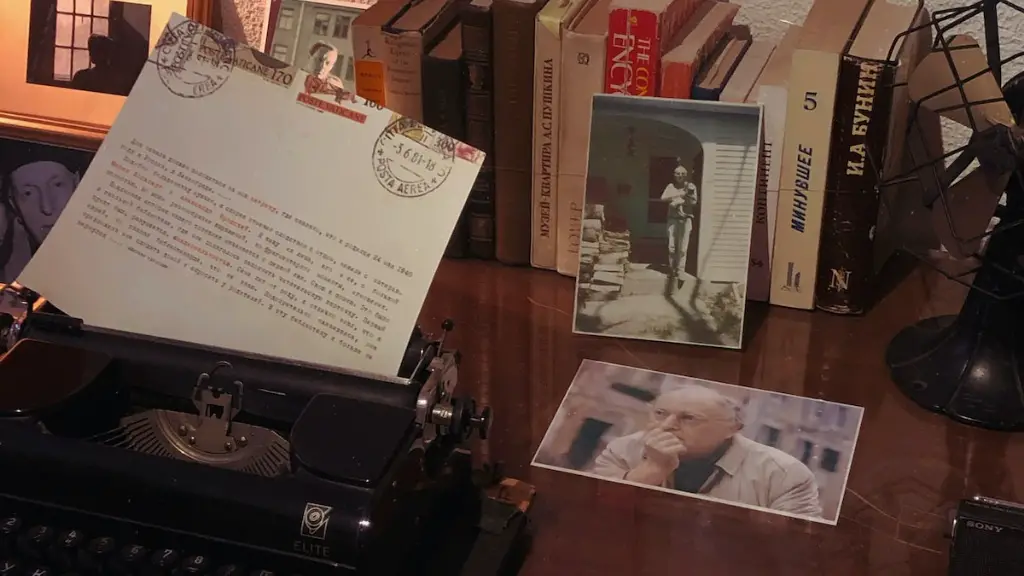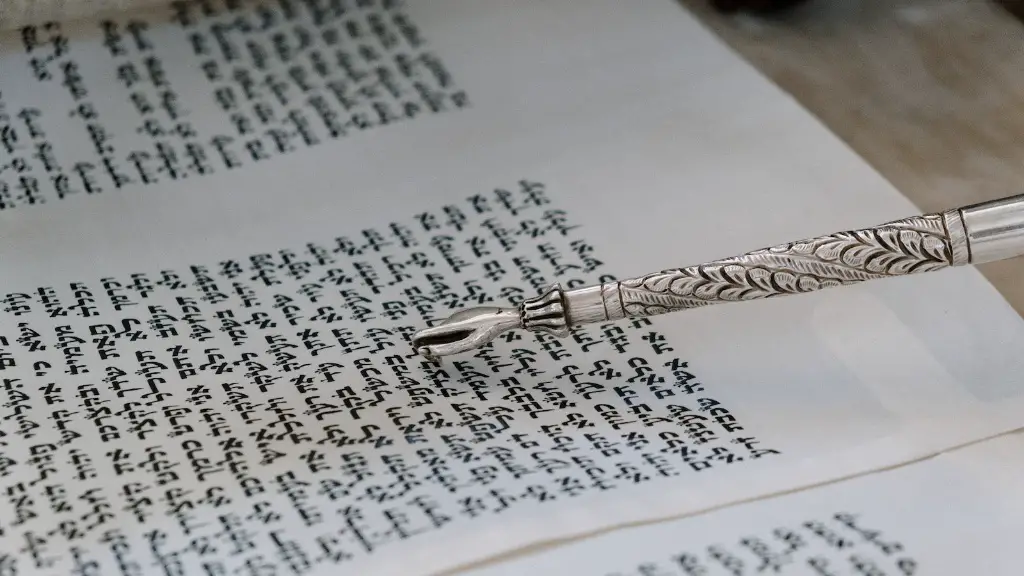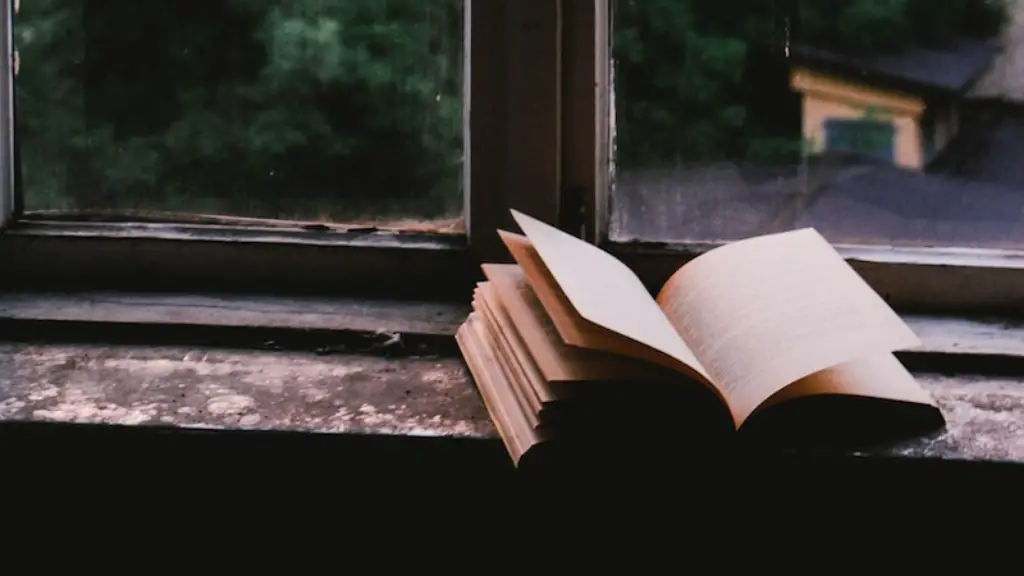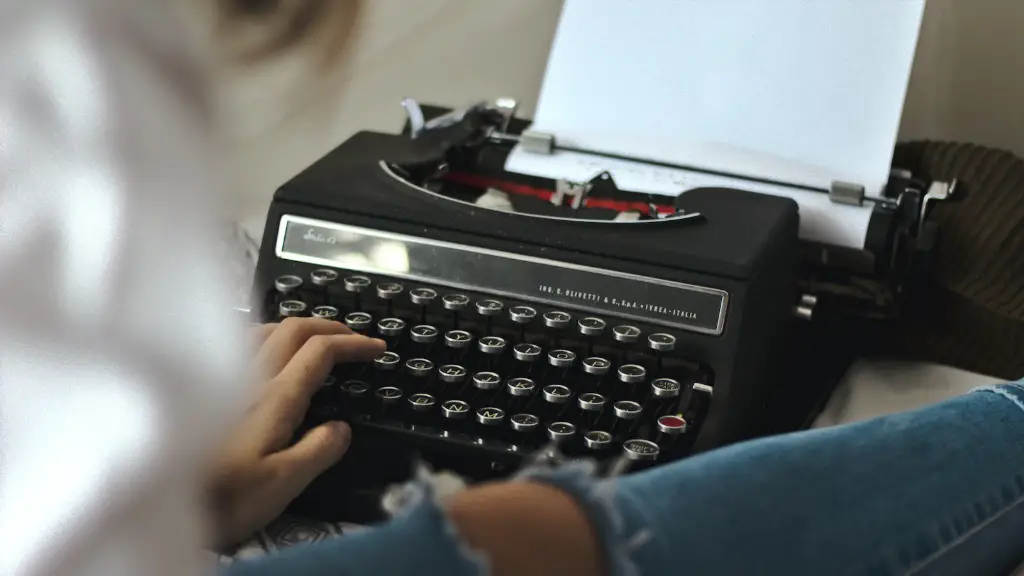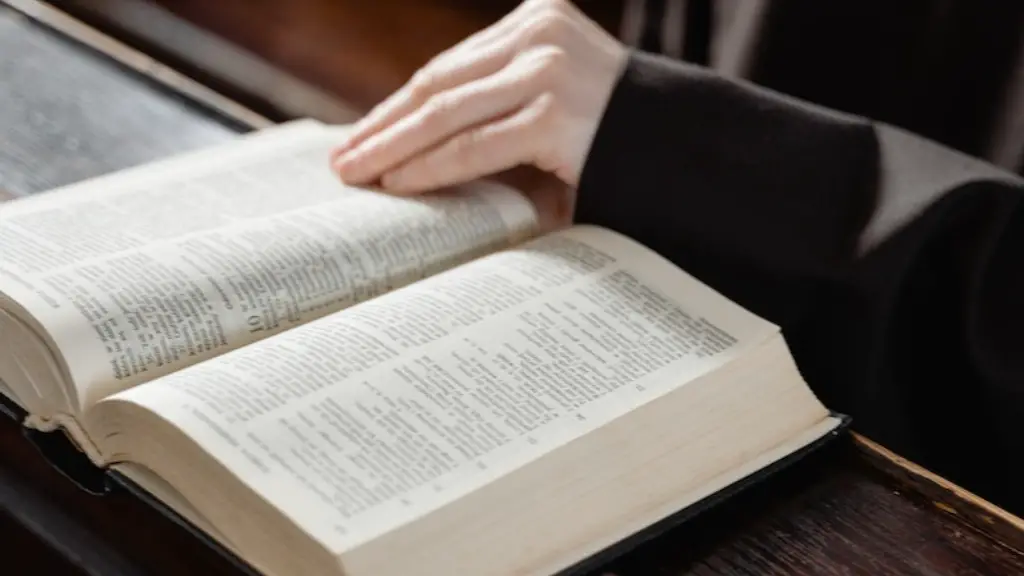What Are Verses in Poetry?
Understanding what verses in poetry are can be just as tricky as understanding the details of what poems are and how to write them. Verses, or stanzas, are building blocks of the poem. They are made up of lines, usually of equal length but sometimes varied, and comprise a set number of lines and a set number of meters (or metrical patterns). Indeed, verses can be found in song lyrics, as well
though they may be referred to as something different such as refrains.
In poetry, verses are weighted with meaning and are essential tools in creating mood, style and atmosphere in a poem. When it comes to writing poetry, many poets use verse as a way to create form and structure in their poetry. Moreover, poetry written using verses (or stanzas) might be more aesthetically pleasing.
Stanzas and verses often help advance the poem’s ‘narrative’—that is, how the poem is coloured by what was already said in the earlier lines. Here, a poet’s goal is to focus on his or her narrative—a sharp and well-crafted bridge between the lines. In short, verses and stanzas help bring a poem to life and give it an edge that conventional sentences and paragraphs can’t achieve.
In addition, it is also important to consider the number of lines in each stanza. This is an essential element of the poem’s composition and structure. Common verse forms include blank verse and the sonnet, both of which use a set number of lines usually with specific metrical patterns.
Generally, the choice of verse forms and numbers of lines are made according to the purpose of the poem. For example, some poets might use 8-line verses to symbolize eternity or 9-line verses to signify the nine parts of a whole. Similarly, many poets choose the less common 5-line stanzas to signify liminality or the transition to a new state. This means that the form and structure of the poem can actually help to convey meaning in certain situations.
Overall, the beauty of poetry can be enhanced greatly by the use of verses and stanzas. They are important elements that lay hidden in their own structure. As the reader delves into the words of the poem, they will be slowly revealed, providing a greater appreciation of the work.
How to Use Verses in Poetry
When it comes to writing a poem, understanding how to use verses is essential in order to create a good piece of poetry. The most important thing to remember is to focus on the structure of the poem and how the verses or stanzas can be used to convey meaning.
In general, it is best to think of the poem as a building block and each verse as the foundation. This means that each stanza should support what was said in the earlier lines, whilst adding a new layer of meaning.
Each verse should be constructed to have its own cadence, adding emphasis and focus on particular parts of the poem. This helps to create a sense of order and flow in the poem, as well as serving to line up the pace of the poem as a whole.
Finally, think carefully about the size of each verse or stanza. Too many words can make a poem tiring and exhausting, so ensuring that each verse presents a short, concise line will help create a coherent piece of literature.
Verse Trends in Modern Poetry
In recent years, there has been an explosion of interest in poetry around the world. There has been an increasing number of people wanting to write poetry, resulting in a surge of creativity with various styles of poetry emerging.
One of these emerging trends is the use of free-verse–that is a form of poetry that does not follow a specific set of rules. This method of using words has become popular amongst poets, as it enables them to focus on creating the intended message without being restricted by any form.
At the same time, the rise in digital technology has enabled the use of digital verses as a tool for creating poetry. This can be done through using computer-generated algorithms to create words, such as is seen in generative poetry. This method of creating poetry has enabled a more complex way of creating verses, with the algorithms able to create verses that are more abstract and creative.
Overall, how verse is used and created in poetry is constantly changing. Creativity is still the key to writing a good piece of poetry, no matter what style is used.
The Impact of Verses in Poetry
In poetry, verses play an important role in conveying emotion and feeling. This is particularly true in imagery poetry, where poets use metaphorical language to transport the readers to a new world. Here, verses help to bring the images to life and create a vivid atmosphere, as it were.
At the same time, verses can be used to set up different scenes and the pacing of the poem. In longer poems, it can be helpful to break it down into different acts, with each verse serving as a step in the journey.
Likewise, verses can be used to create structure and order in a poem, helping to guide the reader through the poem with ease. Particularly in narrative poetry, this can help to convey the story in a more effective way.
Finally, the choice of verse forms can also be used to convey important messages. For example, 8-line verses can help symbolize eternity and 5-line stanzas can be used to signify moments of transition.
History of Verses in Poetry
Verses have been used in poetry for centuries, with ancient Greek and Latin works being some of the earliest examples of verse poetry.
Here, the use of poetry and meter was seen to be the way of conveying stories, emotions and feelings, due to its ability to express abstract ideas easily. This tradition of verse poetry was then passed down through the generations, eventually leading to the emergence of English poetry in the Early Modern period.
Since then, poets have been continuously pushing the boundaries of poetry, often experimenting and creating new forms of verse. This has enabled poems to become evermore creative, with various verse forms being used to convey different messages.
Conclusion
In conclusion, verses in poetry are important elements that bring the poem alive. They can be used to bring structure and order, whilst also providing an additional layer of meaning. Moreover, the depth of a poem can be enhanced by creating vivid images and atmospheres through verses. Lastly, understanding the history of verse poetry can provide a greater appreciation for the works of past poets.

